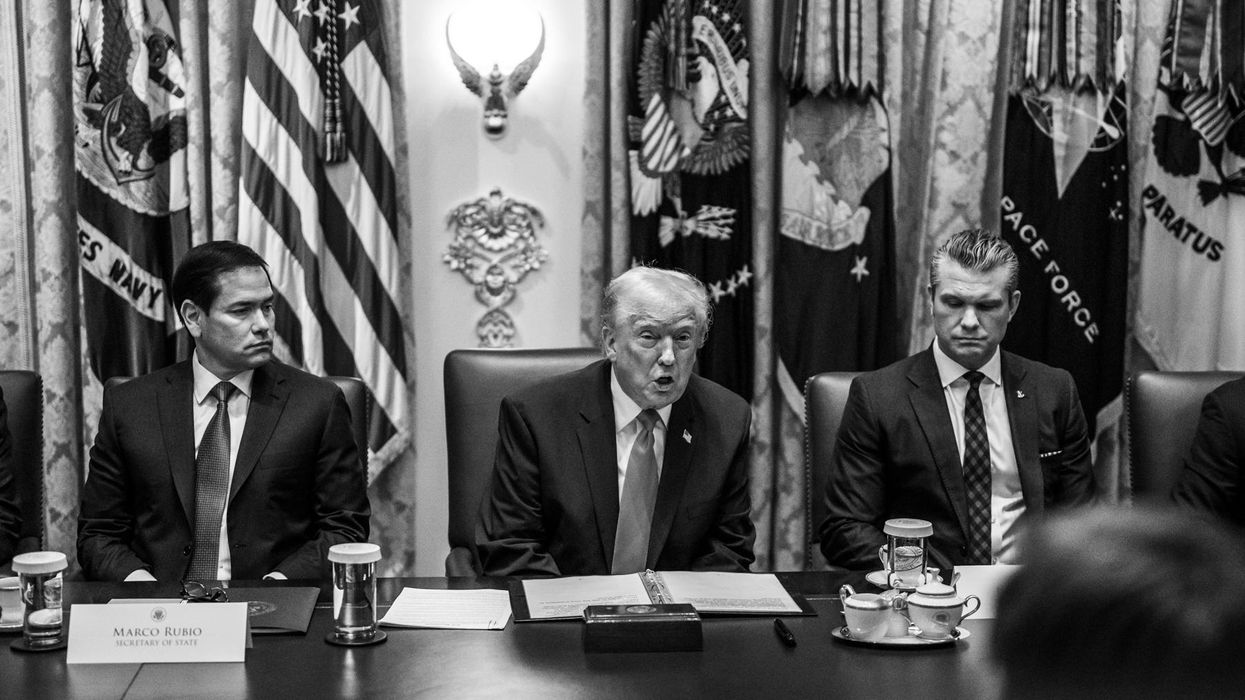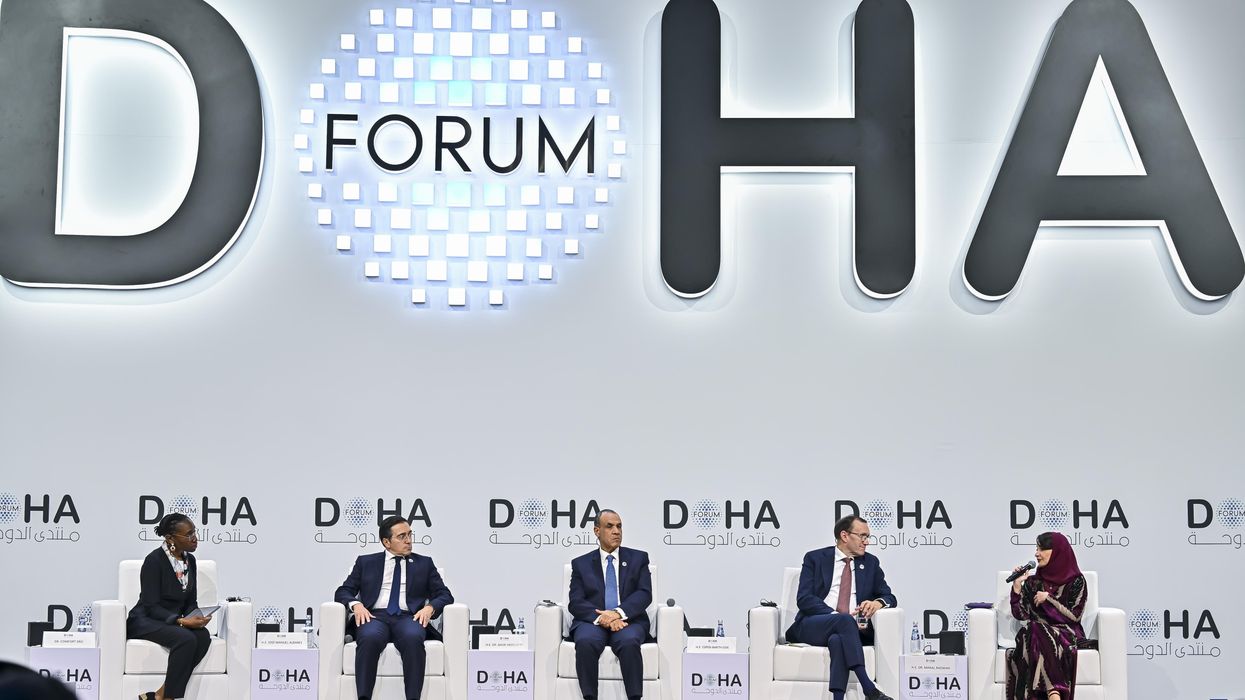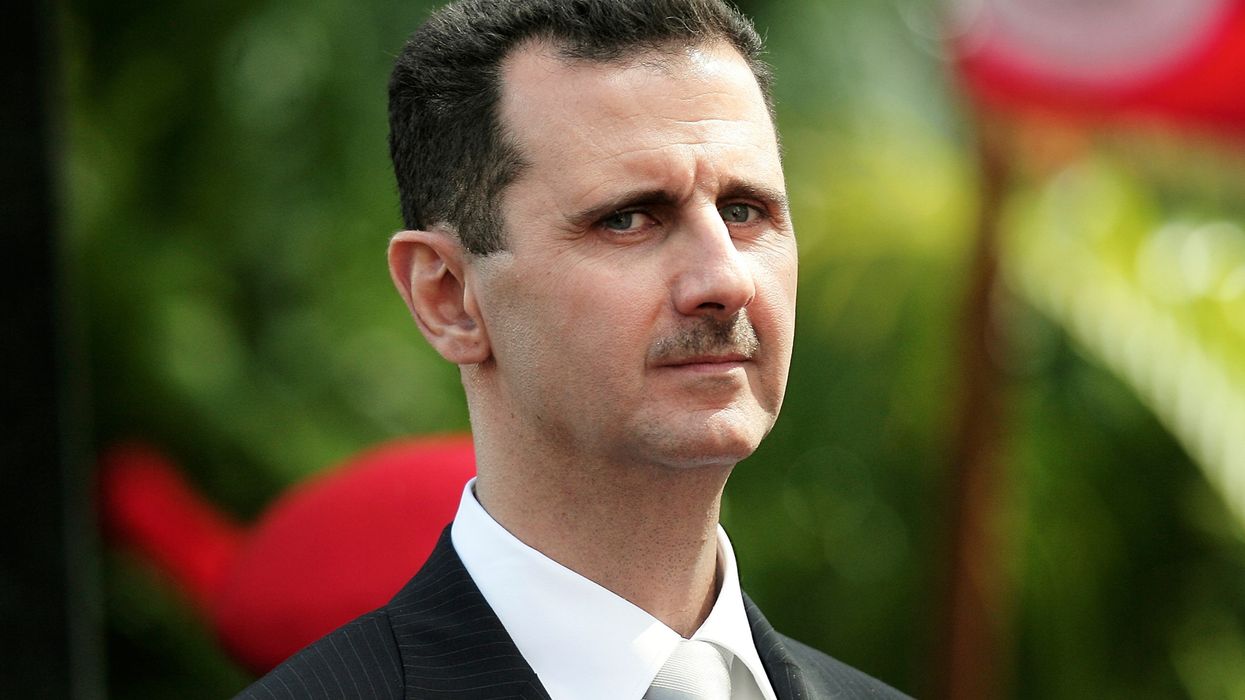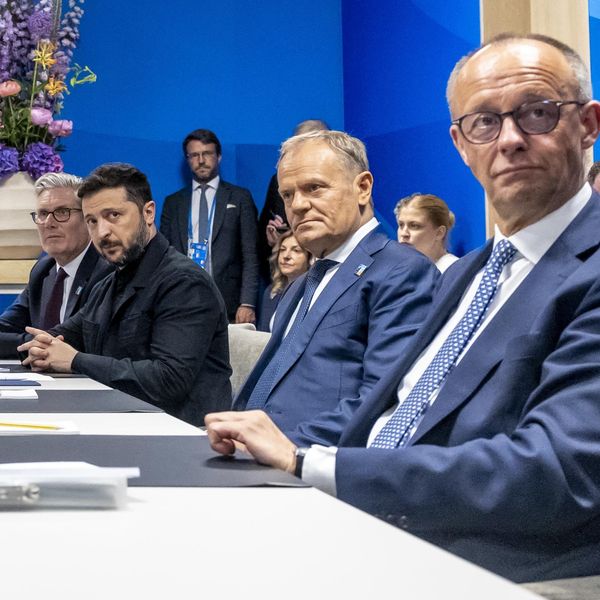Many, perhaps most, Western China-watchers believe that Beijing and Washington are engaged in a long-term historical struggle over the future shape of the international order.
Whether framed as a “hundred-year marathon,” a “long game,” or some similarly secular competitive effort, proponents of this long-march thesis tend to assume that a rising China has embarked on the quest for geopolitical primacy and that it will continue along this path until either it achieves its goal or is definitively prevented from doing so.
A necessary corollary of this belief is that this struggle for global supremacy carries with it the very real prospect of war between the current hegemon and the rising challenger, most likely around mid-century, when the dynamic of power transition reaches its inevitable climax.
In their recently released book "Danger Zone: The Coming Conflict with China," Hal Brands and Michael Beckley challenge key aspects of this conventional wisdom. At the risk of oversimplification, their argument is that China is not a rising power, at least in the sense that it is on a linear trajectory to become ever more prosperous and powerful, and perhaps one day predominant. Rather, it is a faltering power, one that is fated first to stumble and then decline, at least in relative terms. Furthermore, this looming reversal of fortunes, they argue, is neither a remote possibility nor one that is contingent on some policy misstep on the part of the Chinese Communist Party (CCP). It is baked into China’s demography and economy, and it is reinforced by the logic of geopolitical counter-balancing.
At this point, according to the authors, there is simply nothing the CCP can do to avoid the “middle-income trap,” the imminent prospect of “growing old before growing rich,” or the effort on the part of weaker neighbors to band together to constrain what they consider to be an increasingly menacing China. Simply put, though China’s star might seem to be still ascendant, it has effectively peaked. And it has done so long before supplanting the United States as a global, or even regional, hegemon.
While this might seem like a blessing, Brands and Beckley argue, if history is any guide a faltering China is likely to prove anything but. Consider the two historical cases of Germany in 1914 and Japan in 1941. In both cases, a rising power — a power that had grown increasingly wealthy and that wanted to claim its rightful place in the sun — began to lose ground, in the German case demographically, in the Japanese case strategically.
Having realized that their relative power positions were likely to get worse over time, both powers decided to initiate wars they knew had only a slim chance of winning because they also suspected their prospects were only going to get worse with each passing year. In both cases, the hegemonic contender made a desperate bid to lock in its relative power position by launching a war to reset the international system in their favor.
In neither case was war caused by rising states leaping through open windows of opportunity created by actual military advantage. Instead, they were caused by a stalled rising power, at a current or imminent military disadvantage, attacking despite this disadvantage because it was the least bad of several very bad options open to them. Reasoning by historical analogy, the authors conclude that the most important foreign policy challenge facing the United States over the next decade or so will be to figure out how to deal with a China that, like Germany in 1914 and Japan in 1941, sees the ring of regional and perhaps global predominance slipping away.
This is an ambitious book and, as such, has much to recommend it. The focus on China peaking or plateauing — as opposed to rising — is particularly salutary as it forces us to think about the strategic implications of what remains an under-appreciated shift in China’s developmental trajectory.
Like every ambitious book, however, this one rests on a number of assumptions, assertions and arguments that are open to conceptual and/or empirical challenge. The most significant of these can be found in the authors’ conclusions regarding the implications of peak China for international peace and security. Via historical analogy, the authors come to the conclusion that the next decade will be a moment of considerable peril, similar in kind — and fraught with the same risk of war — as the years immediately preceding 1914 and 1941.
Now, in the abstract at least, there’s nothing inherently wrong with using this sort of historical analogy to shed light on a contemporary geopolitical dynamic. The devil, however, is in the details. Faulty or false analogies can arise when one likens one case to another when the differences between the two outweigh the similarities. Similarly, one can misanalogize by treating one version of an historical case as objective history when in fact there are multiple, competing versions of the narrative, any of which could lead to quite different conclusions about the contemporary dynamics.
In this case, the authors appear to have fallen prey to the latter type of logical fallacy, very selectively drawing on one theory out of many that purport to explain the outbreak of war in 1914 and 1941 in order to make an argument about the dangers associated with China’s coming decline. Having for many years taught a college course on the politics of the world wars, I can point to any number of theoretical explanations for the causes of those wars that have little or nothing to do with German or Japanese fears of relative decline.
That the authors treat the most convenient accounts of these wars as simply the way things happened, and then conclude that we are now entering a similar period of heightened risk, may be suggestive but it is far from dispositive.
Similarly, when it comes to the question of how Washington should respond to a faltering China, Danger Zone invokes another false analogy — the Cold War — for strategic guidance. The argument is that just as the United States led the free world in an effort to contain the Soviet Union until it collapsed, so too it will have to lead the forces of democracy to contain China until it too becomes less of a threat. Although the authors qualify their argument in various ways, the upshot is clear: full-spectrum containment is the best strategy for dealing with a faltering China. But for reasons I have articulated elsewhere, this too is a deeply flawed analogy — one that is fraught with its own dangers of overstretch and provocation.
The bottom line? If you are looking for a critique of the “hundred-year marathon” narrative you need look no further. Danger Zone is without question invaluable as an antidote to the more simplistic notions of China’s rise currently in circulation. But if you are looking for solutions to this new challenge that is more restrained in inspiration, you are likely to be disappointed. Count me among the latter.
















